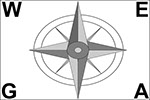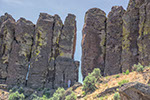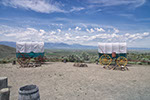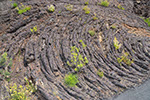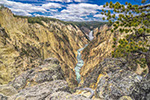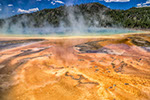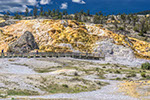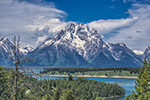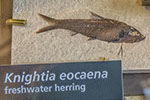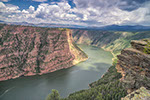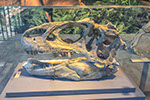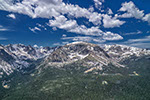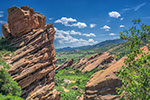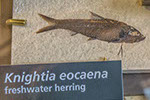WEGA in the North West United States
May 29th to June 11th 2016
Day 6 - Friday 3rd June 2016
For many of us, Yellowstone was the highlight of our excursion. It has the largest number of geysers anywhere in the world and they are concentrated in small areas. It has the Grand Canyon of the Yellowstone which is spectacular by itself but also has two major waterfalls. The thermophilic archaea and bacteria found in many of the hot springs have led to re-evaluations of where life started on earth. There are the travertine terraces of Mammoth Hot Springs which are the largest of their kind in the world. And added to that is the wildlife which is found everywhere in the National Park.
Our drive from Rexburg was uneventful. We missed out on a tour of the landforms caused by the Hebgen Lake Earthquake of 1959. Doug decided that we had quite enough to see in Yellowstone without having that added to our programme. You can read all about what we missed HERE. When we got into the park we went straight to the Norris Geyser Basin but it was almost lunchtime and the car park was completely full. So that delight was postponed and we headed for the Grand Canyon of the Yellowstone.
The Grand Canyon of the Yellowstone River below the Upper Falls. The canyon is deeply carved into heavily altered rocks of the Canyon rhyolite flow (~484,000 years). The colours in the canyon are also a result of hydrothermal alteration, with most of the yellows in the canyon the result of iron present in the rock rather than sulphur.
The car parks at the canyon were not as crowded as Norris so we were able to view the wonderful scenery of the gorge. Then we returned to Norris where we found the crowds were much diminished and we were able to park.
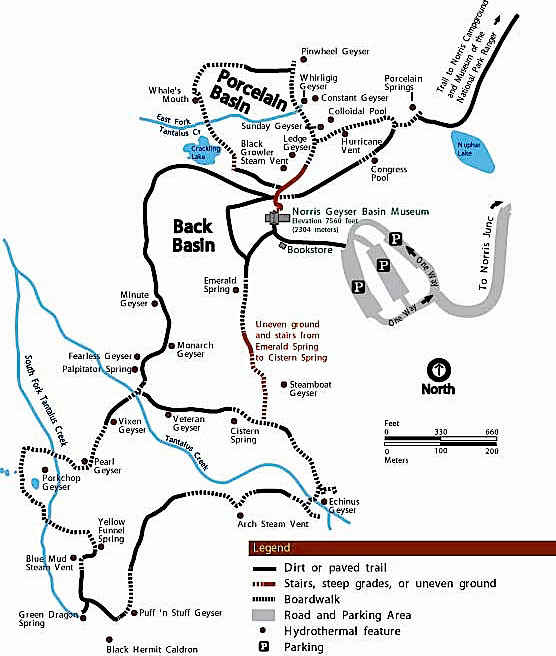
Doug's notes tell us:-
Norris Geyser Basin is one of the larger, hotter, most changeable and more chemically complex thermal areas in the Park. Hydrothermal waters here consist of several distinct chemical types that result from variable mixing in shallow subsurface reservoirs.
The Back Basin trail has Echinus Geyser, pH= 3.3, with eruptions every 50-60 min, and Steamboat Geyser, the tallest active geyser in the world, but it erupts very rarely, with periods of dormancy lasting decades, but when it does erupt, it can reach 115 m (380 feet).
The porcelain basin trail has many jetting fumaroles and acid pools. Above the porcelain basin is porcelain terrace with an acid-sulphate pool formed after the 1959 Hebgen Lake earthquake, which caused new fractures that allowed hot spring waters to leak sideways out to the side of the terrace.
Norris is also known for exhibiting thermal disturbances every year or so and are thought to be related to seasonal changes in groundwater recharge and fluid pressure in the hydrothermal reservoirs. They often result in increased thermal activity, including: increased water turbidity, increased discharge of thermal waters and steam, warmer ground, larger areas of warm ground, hydrothermal explosions, rare geyser eruptions, and thermal features appearing in new places.
Porcelain Basin gets its name from the white sinter (silica) which covers the basin floor. Note the sinter flowing down the slope on the right.
Steamboat Geyser in the Back Basin. This, when it erupts, is the worlds tallest geyser. It does not erupt often!
WEGA in the North West United States
